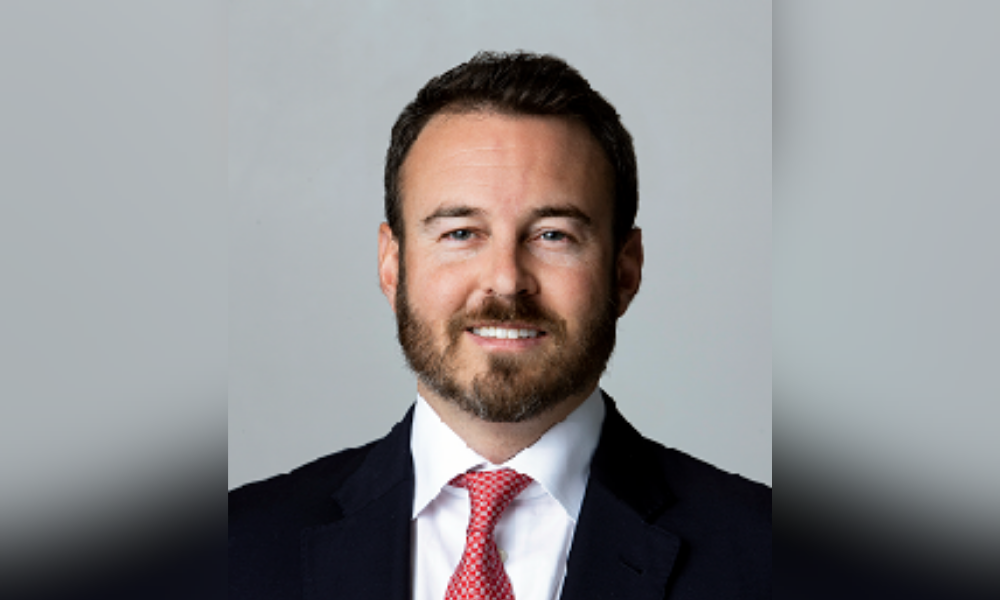'Sequence it higher' when advising clients on TFSA, RSP, and home buying saving options

Advisors should look at the federal government’s new First Home Savings Account for more than just helping their clients save for a home once they can start accessing the new plan, according to one portfolio manager.
“If a new client comes in and is looking to save toward retirement, you could use a tax-free First Home Savings Account as a vehicle to meet that objective,” Kevin Burkett, portfolio manager for Burkett Asset Management and a tax partner at Burkett & Co. Chartered Professional Accountants in Victoria told Wealth Professional.
“The purpose is broader than how it’s described, so it can be used for retirement savings, as well. Potentially, it would be better to sequence it higher in the order of how they fund their accounts, given the choice. For many clients it may make sense to contribute to the tax-free First Home Savings Account before contributing to an RRSP (Registered Retirement Savings Plan) because it preserves your clients’ room in the RRSP and leaves them the option, whether they want to buy a home or not, which may have more flexibility.”
The legislation to enact the First Home Savings Account (FHSA) received royal assent on December 15, 2022 and the new vehicle came into effect this past Saturday, on April 1.
While some news reports indicate that the financial institutions are still setting up the infrastructure to launch their FHSA programs, many clients would be eligible for them once it’s available. They just need to be 18 (19 in some provinces and territories), a Canadian resident, and a first-time home buyer. The federal government said they are considered a first-time home buyer if they or their partner did not live in a home they owned in the four years before they opened the account.
Burkett noted that, if clients meet the criteria, they can contribute up to $8,000 a year for a life-time maximum of $40,000. The full contribution generates a tax deduction, similar to an RRSP. Clients simply need a written contract to buy a home in order to withdraw money tax-free from the fund.
Burkett noted there is still a federal government Home Buyers’ Plan (HBP), which allows clients to withdraw funds from their registered retirement savings plans (RRSPs) to buy or build a qualifying home. The withdrawn funds must be paid back to the RRSP within 15 years.
Last year, Burkett said the federal government increased the amount that clients can withdraw from their RRSP for their HBP to $35,000. So, adding that to the $40,000 they can accumulate in their FHSA would allow clients to apply $75,000 per person – or $150,000 per couple – to buy a home, with only the $35,000 having to be repaid to the RRSP.
Learn more on how does RRSP work for first time home buyers in this article.
If clients don’t use the FHSA to buy a home within 15 years, Burkett said they can then transfer that money back into an RRSP without impacting their RRSP contribution room.
“If you’re saving, but not to buy a house, you may preference the First Home Savings Account plan over an RRSP initially because you will have the option, unlike with your RRSP, that if you do change your mind and decide to buy a house, you can do that without having to worry about paying it back as you would with the Home Buyers’ Plan,” said Burkett. “So, for those who may have dismissed this plan as just for home savings, it may have an interesting role to play in retirement savings as well.”
Burkett urged advisors to understand what the various federal savings vehicles – Tax-free Savings Accounts, RRSPs, the HBP, and now the FHSA – could do for clients, so they can properly share what that information with them. They can then reorder how they prioritize clients’ saving as part of their overall financial planning in order to reach all of their goals.



